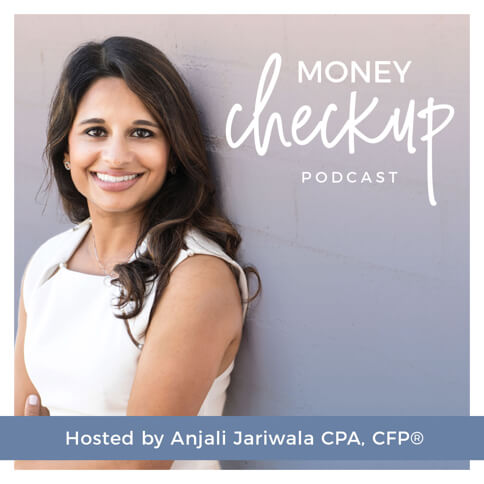As parents, we all want to instill strong values in our children. But when it comes to money, that’s not always easy. Many of us still see money as something of a taboo subject, or at least something that shouldn’t be discussed openly in our families.
That’s the first behavior we need to model in order to teach kids about money: It’s okay to talk about money within our homes, avoiding conflict and fear. Kids may not understand all the details. But if they see their parents problem-solving together, they’ll have good habits to imitate.
As kids get older, parents can help introduce them to age-appropriate versions of money concepts like earning money, saving for specific goals, and budgeting. Establishing good foundations while kids are young will help them grow into responsible spenders. And the younger they are when they make mistakes, the smaller the consequences are likely to be.
Lesson one: What is money and where does it come from?
My three-year-old daughter loves to play grocery store. We set up groceries and a toy cash register, she puts groceries in her cart, I ring them up, and then I tell her how much they’ll cost.
This is how I started teaching my daughter about money: Helping her understand that, in order to buy things, we need money. Everything has value.
In order to have money, Mom and Dad have to work. She’s not quite ready to grasp the relationship between work and money — other people pay Mom and Dad for specific services — but she’s beginning to understand that work has value too.
Some families prefer to keep money conversations between the adults in the home and shield children from the details of household finances. In my household, we believe it’s okay to have money conversations in a family setting, and even to ask children what they think.
We may not share specific details of our income, assets, and businesses. But we think these conversations help kids feel comfortable talking about money and asking questions when they don’t understand.
Most importantly, we want to show our daughter that we put a lot of thought into managing our finances. Money doesn’t just appear, and it isn’t infinite. We earn money by working. Once we have it, we can use it to buy the things we want, but we can’t have everything.
Lesson two: Setting a good example
Kids mimic what adults, most importantly their parents, do. One of the easiest ways to teach kids about money is simply by setting a good example. That starts with open conversations about budgeting and financial planning. If parents can firmly establish those concepts, it becomes much easier to explain to a kid that we can’t always spring for something they want.
Kids can provide great motivation to break some bad habits, too. If you rely on credit cards for basic expenses, kids will eventually notice. If you overextend to purchase something, kids will pick up on the break from the norm — as well as any fears it causes.
My parents used to argue a lot about money. I’ve written about how I have a lot of anxiety around my personal and family finances. I think it comes from those childhood memories of feeling like my parents weren’t on the same page and, for that reason, weren’t fully in control.
Kids should understand that money isn’t unlimited and managing it requires work. But my husband and I try to present a united front. If we’re on the same page when it comes to how we save and spend money, we can provide consistent messaging to our daughter. She may not understand what we’re doing and why, but as long as she knows that Mom and Dad are on the same page, we hope she’ll trust us — and not feel the kind of worry I did.
Lesson three: Teaching kids to save, spend, and share
For decades, parents have given their kids an allowance for doing chores around the house. I think that’s a great practice. It helps teach kids that work has financial value, and also demonstrates that money doesn’t just appear. It has to be earned.
When kids start earning an allowance or getting money in gifts from family members, you can start teaching them about saving. If you want to instill the practice of saving for multiple goals at once, try setting up a piggy bank for each goal. Whenever they receive money, they can split it up among the three buckets. (This is just a simplified version of the “cash buckets” strategy I walk my clients through.)
If you want to add another layer, you can offer a match for one or all of kids’ savings goals. Maybe you can match whatever they have saved on their birthday every year. Or, if they’re saving for a big item, you can encourage them to get halfway there and you’ll cover the rest of the cost.
It is perfectly okay, especially at young ages, to let kids make their own financial decisions and mistakes. If they spend all their savings in one day, you have a ready-made example to use as a lesson in budgeting and resisting impulse buys.
When kids make mistakes themselves, especially with small amounts of spending money, they’re more likely to make better decisions the next time around — when the amounts of money are likely to be bigger and the consequences greater.




